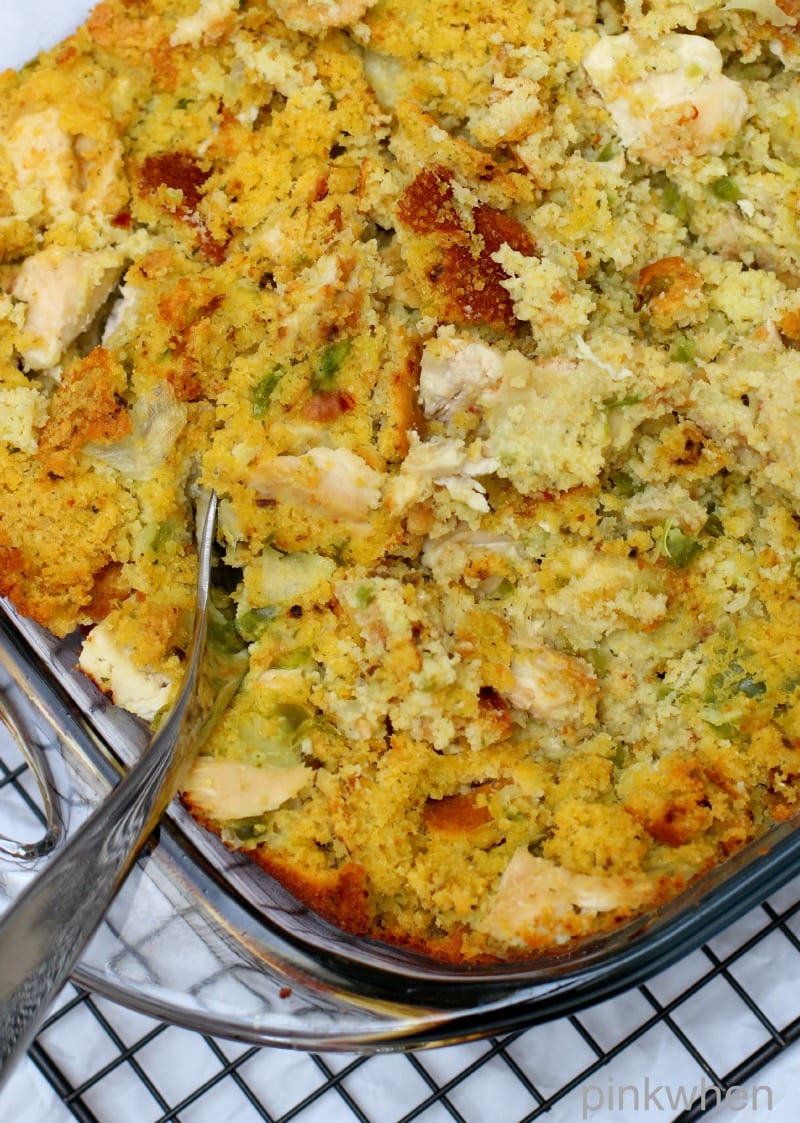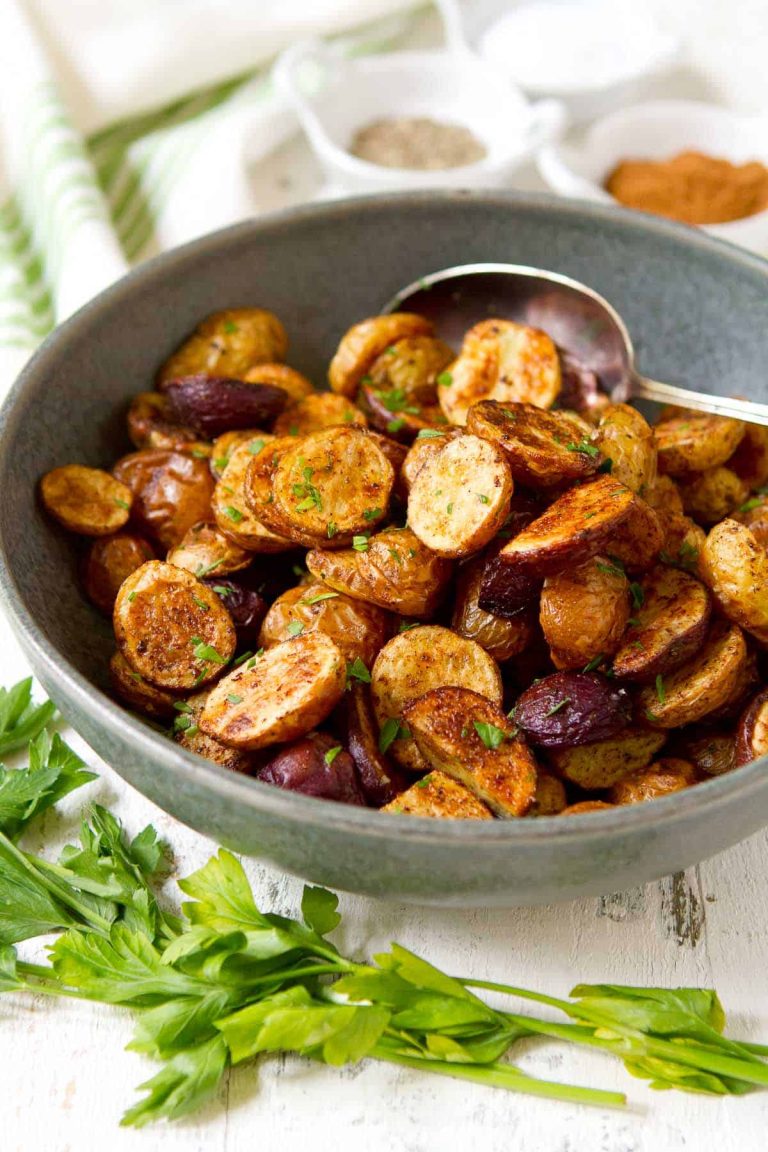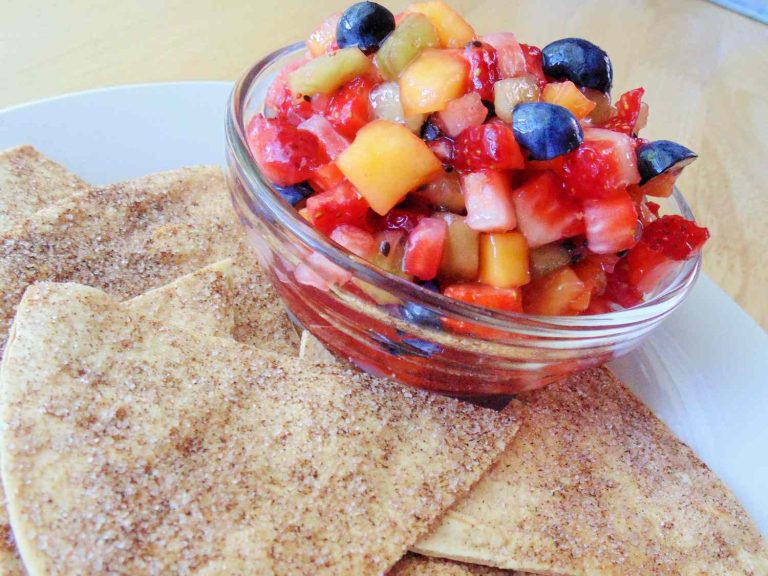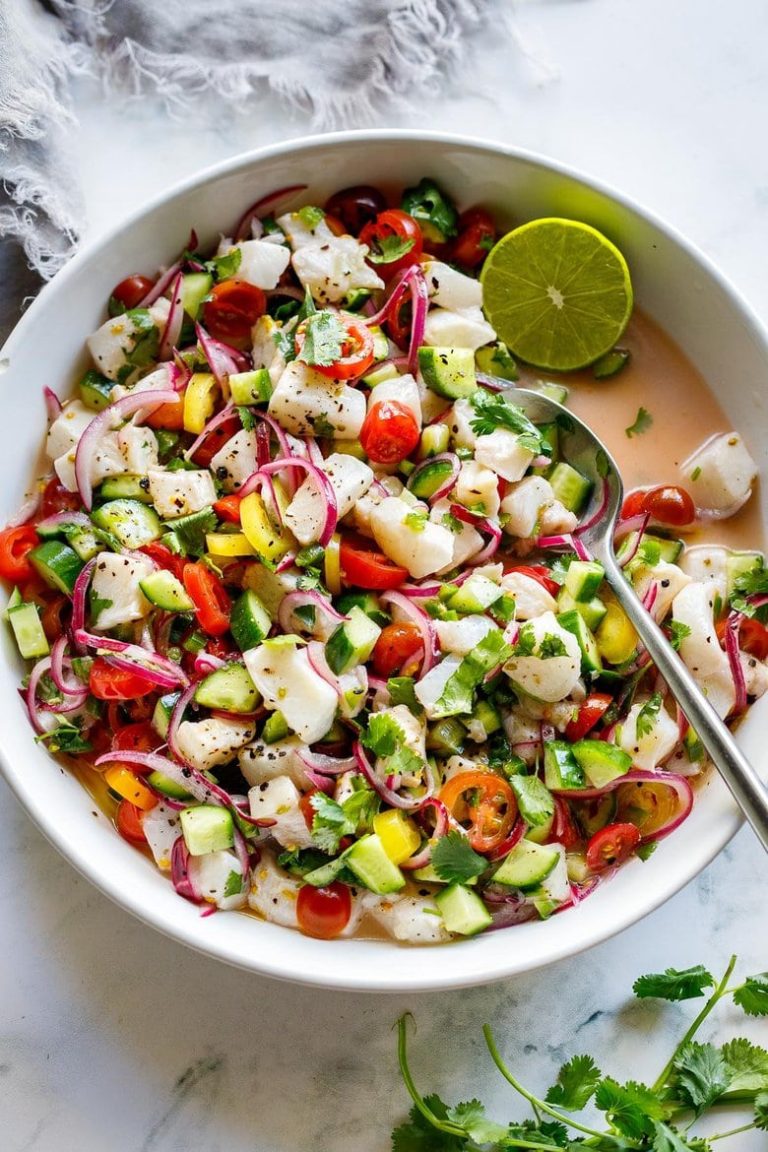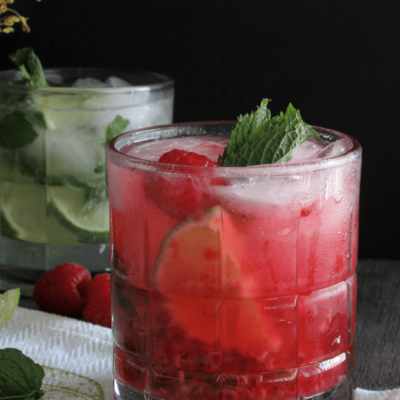Chicken Dressing: Ingredients, Prep Tips, and Nutritional Benefits
Chicken dressing, also known as stuffing, involves combining breadcrumbs, seasonings, and various ingredients to create a flavorful side dish. Essential components include bread (cubed or crumbled), herbs (sage, thyme, rosemary), vegetables (onions, celery), and a broth or stock to moisten the mix. Understanding these basic elements is crucial for crafting a well-balanced dressing. Quality ingredients and precise measurements help achieve the desired taste and texture.
Importance of Proper Techniques
Proper techniques ensure the dressing’s success. Mixing ingredients evenly guarantees a consistent flavor throughout. Toasting the bread lightly before combining improves texture, preventing sogginess. Cooking the dressing separately, not inside the chicken, ensures it reaches a safe internal temperature (165°F), as recommended by the USDA. Following these techniques helps create a delicious, safe, and memorable chicken dressing.
Types of Chicken Dressing
Rubs and Seasonings
Rubs and seasonings can transform chicken dressing with concentrated flavors. A basic rub includes salt, pepper, garlic powder, paprika, and onion powder. It can be customized with additional spices like cayenne for heat or brown sugar for sweetness. Herbs such as rosemary and thyme add earthy notes. Ensure even coating for consistent flavor throughout.
Marinades and Brines
Marinades and brines are liquid solutions used to enhance flavor and tenderness in chicken dressing. Marinades typically contain an acid (e.g., vinegar or lemon juice), oil, and seasonings. Common additions include soy sauce, mustard, and honey to balance flavor profiles. Brines usually involve water, salt, sugar, and spices, soaking the chicken to improve juiciness. Marinate or brine for several hours, keeping it refrigerated to maintain texture and prevent bacterial growth.
Sauces and Glazes
Sauces and glazes add moisture and a finishing touch to chicken dressing. Classic sauces include gravy, made from the chicken’s drippings, thickened with flour and seasoned. BBQ sauce offers a smoky, sweet flavor, while honey mustard provides a tangy contrast. Glazes like a balsamic reduction or a honey-soy mixture can be brushed on during the last stages of baking to create a caramelized coating. Ensure sauces and glazes are applied evenly to avoid overpowering the dish.
Preparing Chicken for Dressing
Cleaning and Preparation
Ensure chicken is clean and free of impurities. Rinse under cold water, then pat dry with paper towels. Remove any excess fat or skin. Inspect for pin feathers, and use tweezers to remove them.
Application Methods
Choose between dry rub, marinade, or brine. Combine your chosen mix of seasonings, then coat the chicken thoroughly, ensuring all parts are covered. If marinating or brining, place chicken in a sealed container for a specific time, such as 1-2 hours or overnight, depending on the recipe.
Cooking Tips for Perfectly Dressed Chicken
Grilling and Roasting Tips
Ensure chicken is evenly coated with your chosen dressing to lock in moisture while grilling. Place the chicken directly over medium heat, turning occasionally to achieve even browning. Avoid high heat, which may scorch the exterior before cooking the interior. Use a meat thermometer to check for an internal temperature of 165°F (74°C).
For roasting, preheat your oven to 375°F (190°C). Place the dressed chicken breast side up on a roasting rack. Maintain even roasting by basting it every 20 minutes with its juices. Tenting foil over the chicken helps preserve moisture while ensuring even cooking. Remove the foil during the last 20 minutes to crisp the skin.
Baking and Frying Insights
When baking, preheat your oven to 350°F (175°C). Arrange the dressed chicken in a single layer on a baking tray lined with parchment paper to promote even cooking and minimize sticking. Bake for 25-30 minutes, or until the internal temperature reaches 165°F (74°C). Use a broiler during the last 5 minutes to achieve a golden-brown crust.
Frying requires coating the dressed chicken in flour or breadcrumbs to enhance crispiness. Heat a skillet with oil to 350°F (175°C). Fry chicken pieces in small batches to prevent overcrowding, which can lower the oil temperature and affect crispiness. Each batch should be fried for about 6-8 minutes per side until golden brown and the internal temperature reaches 165°F (74°C). Place fried chicken on a wire rack to drain excess oil.
Health Considerations and Nutritional Benefits
Choosing Healthy Ingredients
Focus on using fresh, high-quality ingredients when preparing chicken dressing to maximize nutritional benefits. Opt for whole-grain breadcrumbs instead of refined ones. Whole grains include more fiber and nutrients. Choose a mix of fresh herbs and spices over pre-packaged seasoning blends high in sodium. Fresh garlic, rosemary, thyme, and parsley offer rich flavors without added preservatives. Include vegetables like celery, onions, and carrots to boost the dish’s vitamin and mineral content. Use low-sodium broths to ensure you control the salt levels in your dressing.
Impact on Dietary Requirements
Chicken dressing can be adapted to meet various dietary requirements. For those watching their fat intake, use skinless chicken and substitute butter with olive oil, which contains heart-healthy monounsaturated fats. For a gluten-free option, replace traditional breadcrumbs with gluten-free alternatives. Plant-based eaters can enjoy a meatless version by swapping chicken with protein-rich legumes like chickpeas or lentils. Low-carb diets can benefit from using almond flour instead of traditional breadcrumbs. Adjusting ingredient choices ensures you maintain nutritional balance while adhering to specific dietary needs.
Conclusion
Mastering the art of chicken dressing can transform your meals into culinary delights. By carefully selecting your ingredients and employing proper preparation techniques you can elevate the flavors and textures of your chicken dishes. Whether you’re grilling roasting baking or frying the right approach ensures succulent and evenly cooked results.
Remember to consider health and nutritional benefits by choosing fresh high-quality ingredients. Adapt your recipes to meet dietary needs without compromising on taste. With these tips you’re well on your way to creating delicious and nutritious chicken dishes that cater to any palate.
